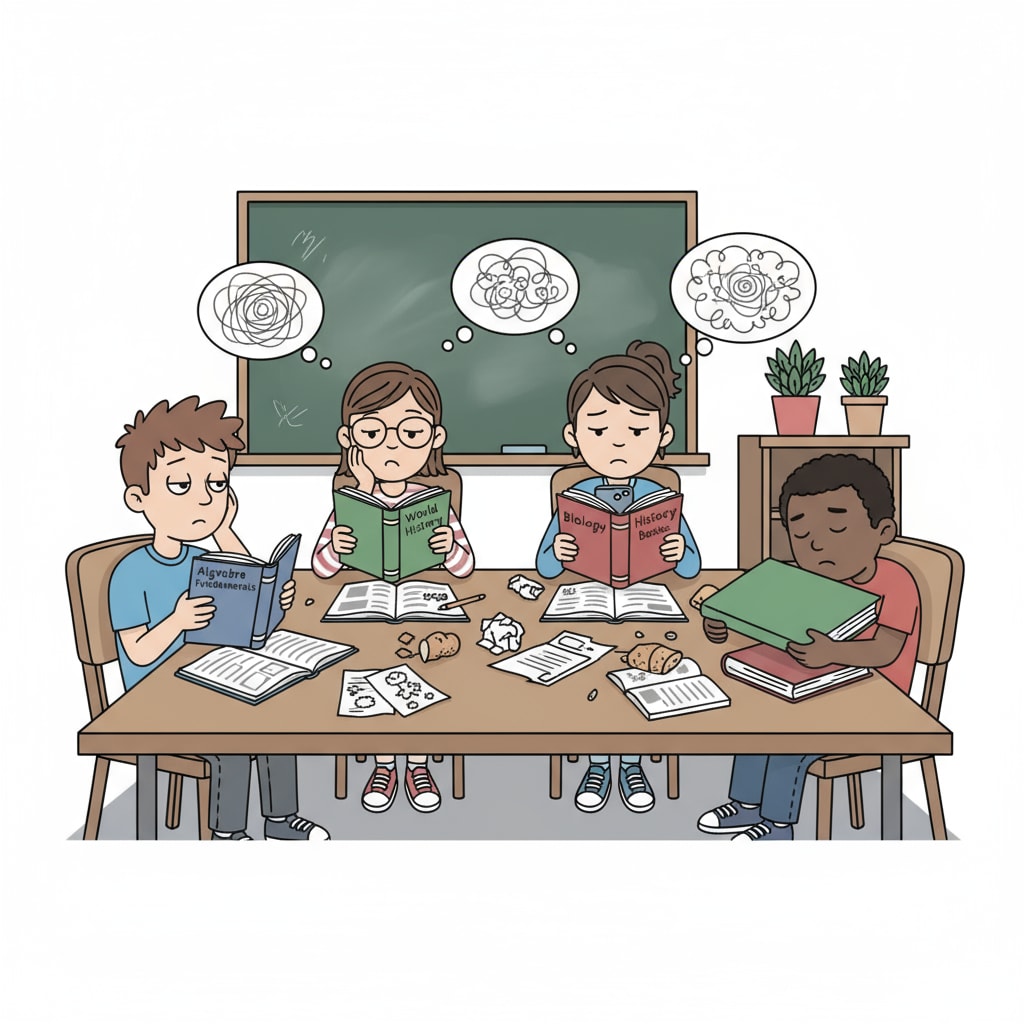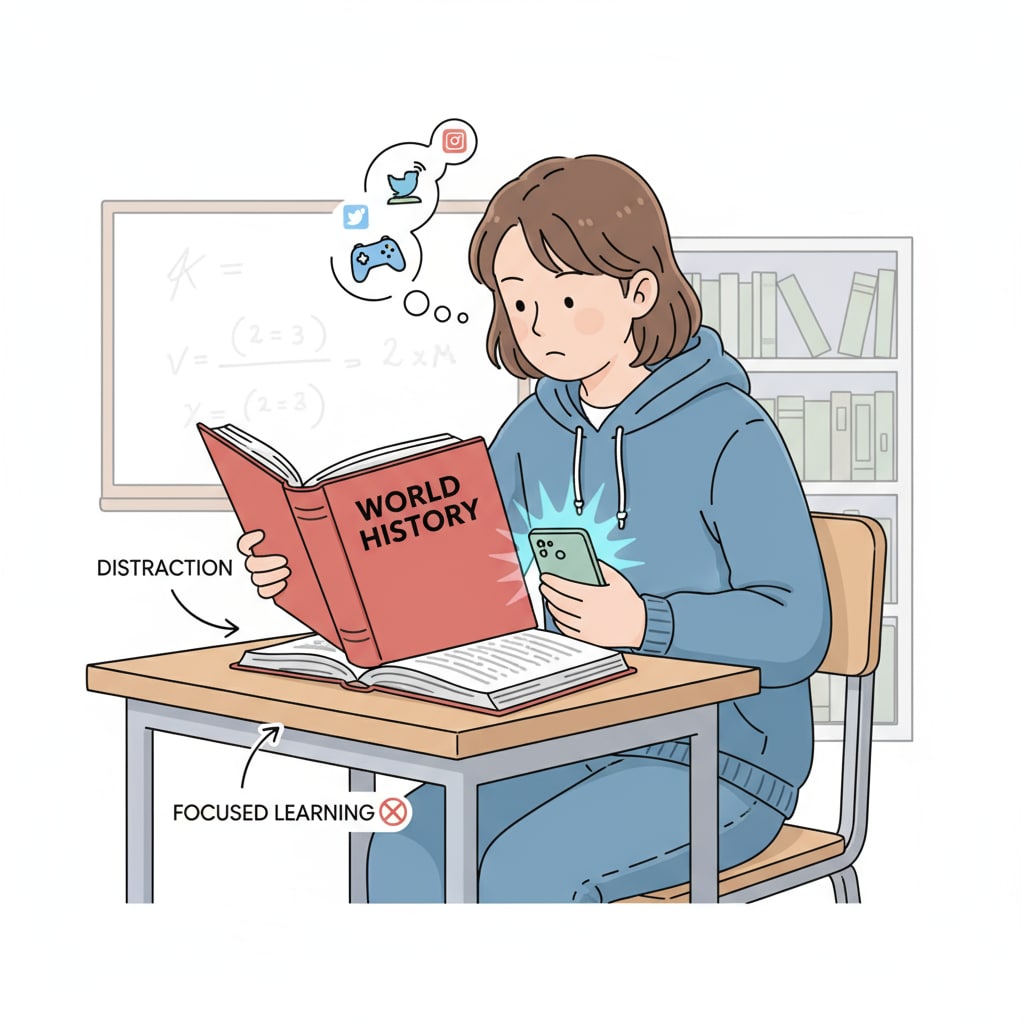The decline in reading ability among K12 students, along with the influence of educational standards and technology, has become a concerning issue in today’s educational landscape. In recent years, there has been a noticeable downward trend in the reading proficiency of students in kindergarten through 12th grade. This not only affects their academic performance but also has long-term implications for their overall development.

Schools, unfortunately, often adopt a passive stance in the face of this problem. According to National Center for Education Statistics (NCES), the reading scores of many students are not meeting the expected educational standards. This is a clear sign that something needs to change.
The Alarming Decline in Reading Ability
The decline in reading ability among K12 students is a multi-faceted problem. Many students are struggling to comprehend what they read, which affects their performance in various subjects. For example, in literature classes, students may have difficulty analyzing texts and understanding complex themes. This decline can be attributed to several factors, including the increasing influence of technology. As students spend more time on digital devices, their attention spans are shrinking, making it harder for them to focus on reading long texts.

The Role of Educational Standards
Educational standards play a crucial role in shaping students’ reading abilities. However, in some cases, these standards may not be effectively implemented. Teachers may face challenges in meeting the high expectations set by educational authorities while also addressing the diverse needs of students. As a result, some students may fall behind in their reading skills. Moreover, the assessment methods used to measure reading proficiency may not accurately reflect a student’s true understanding. It is essential to reevaluate and adjust educational standards to better support students’ reading development.
The Impact of Technology
The rise of technology has had a profound impact on students’ reading habits. With the prevalence of smartphones, tablets, and social media, students are constantly bombarded with information in short, fragmented formats. This has led to a decrease in their ability to engage with longer, more complex written materials. For instance, students may be more accustomed to skimming through online articles rather than reading them in-depth. To counter this, schools need to find ways to incorporate technology in a way that enhances rather than hinders reading. As stated by International Society for Technology in Education (ISTE), integrating educational technology in a strategic manner can improve reading outcomes.
Readability guidance: The above content uses short paragraphs to present key points. Each section focuses on a different aspect of the issue, such as the decline in reading ability, educational standards, and the impact of technology. Transition words like “however”, “for example”, and “moreover” are used to connect ideas smoothly.
To address this crisis, schools can take several steps. First, they can limit students’ access to technology during study hours to help them focus on reading. Second, schools can create a reading-rich environment by setting up well-stocked libraries and organizing reading events. Teachers can also use innovative teaching methods to make reading more engaging. By taking these proactive measures, we can hope to reverse the trend of declining reading ability among K12 students and ensure they are well-prepared for the future.


